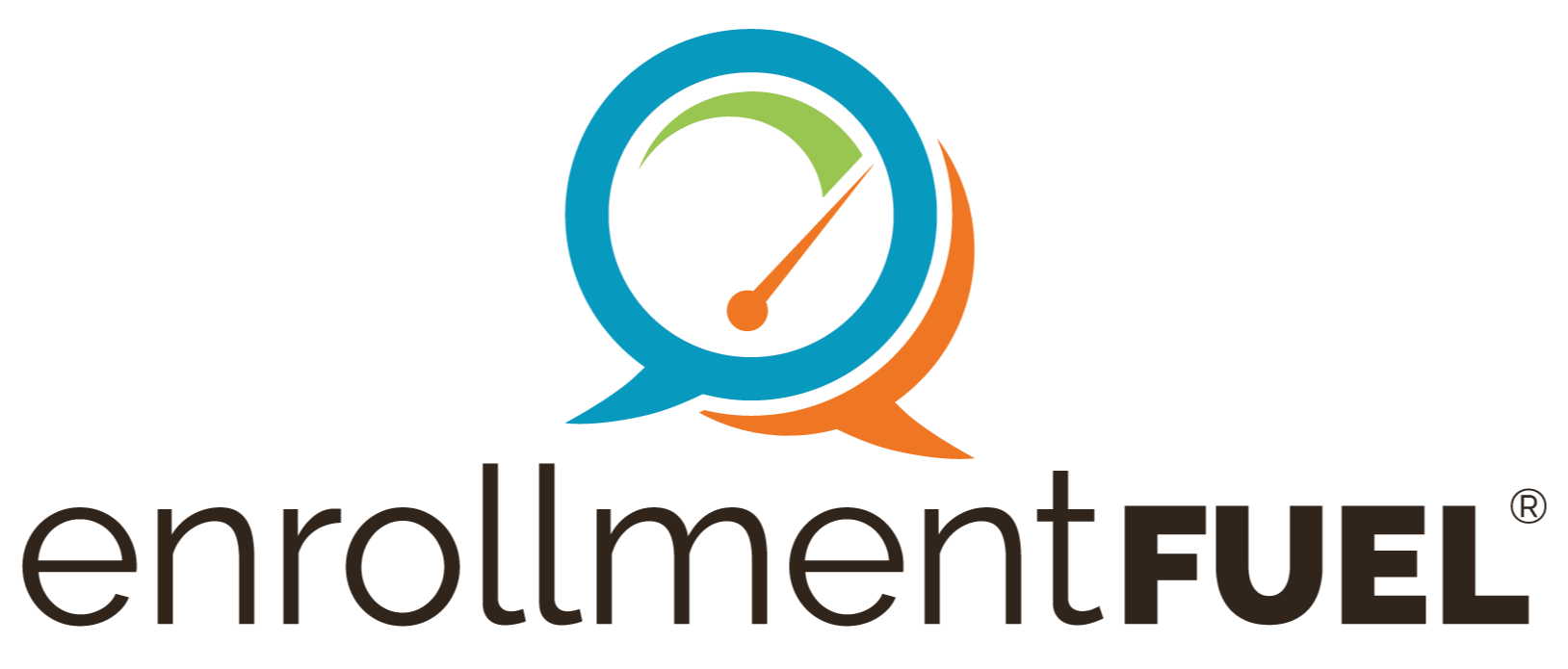The COVID-19 pandemic has many students wondering if they will have an opportunity to work during their fall semester as the start of the academic year is around the corner. Many students are concerned they will not have the funds to continue their education without a student job. Enrollment Management departments will need to adapt to the new normal to accommodate student workers this fall.
Here are three tips to consider as an Enrollment Management professional for your virtual student worker program’s success.
- Build a Virtual Team: Student jobs help students build their professional network. That does not have to be lost because their work is being done virtually. Build a team of people other than their supervisor who are willing to give them an inside look into their day-to-day. These individuals can help your students be more successful if they are organically learning the DNA of your work culture. It is important for your student employees to have relationships with those in your department to build a network for their future and to be successful in the tasks assigned. This will help your students grow in ways that could not otherwise happen. Make this a connection as well for your entire student worker team. According to yello, 41% of the Gen Z students who were interviewed prefer to meet with the whole team on a weekly basis. Allow your students to get to know each other and dream together as they help you recruit the next incoming class.
- Provide Mentorship: It is important to provide mentorship opportunities for your student workers. This helps your students succeed as they learn from those they are working alongside about what helped them get to where they are today. Mentorship allows your students to build a relationship that could go beyond their student worker program. This impacts your workplace by empowering your team to pour into the next generation within your industry. You can provide an opportunity for your employees to learn from your students through mentorship. Virtually this is possible through setting up a weekly video call or phone call. It is important to have a team in place prior to the launch of your fall student worker program to successfully implement this into the onboarding process.
- Communication is Key: A student worker program will be successful virtually if there is open communication. I recommend setting up a weekly check-in with their direct supervisor and mentor to help navigate learning their supervisor’s expectations from afar. Training is vital not only in the onboarding process but throughout when holding a virtual student worker program. According to yello, 40% of the Gen Z students interviewed said they would like a daily one-on-one meeting with their manager for 5 to 10 minutes and once per week for an hour. Gen Z wants frequent communication from their employer. The daily check-in does not have to be lengthy, but you can tackle any questions or concerns they may have. Remote work is as successful as your communication plan is. This may mean you need to invest in a new platform to help with frequent communication with your entire team. Do not be afraid to try something new, and along the way, get input from your team on what is helping or lacking in your communication.
A virtual fall semester is the plan for many institutions. Use these helpful tips as you implement a virtual student worker team to help you recruit in this new normal. A virtual student worker program can be successful, given access to the technology of today. I would encourage your institution if you have not already, to begin discussing this option for your fall student worker program. Now is the time to adapt to the new normal to achieve your enrollment management goals.




